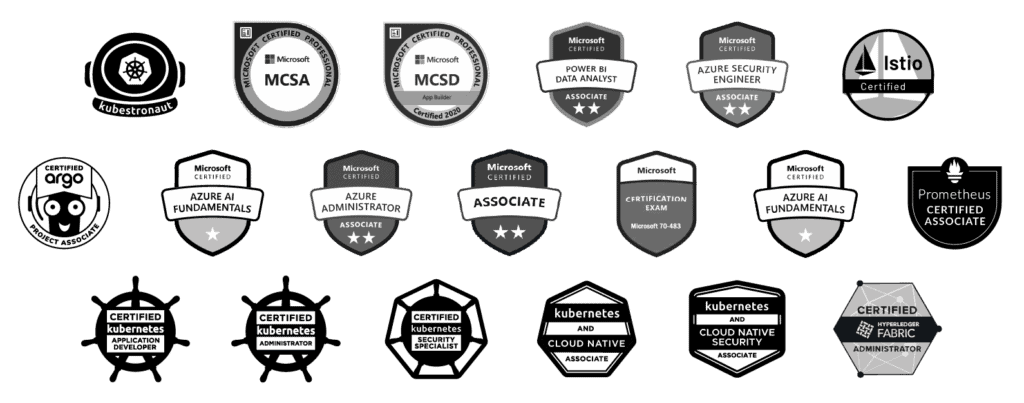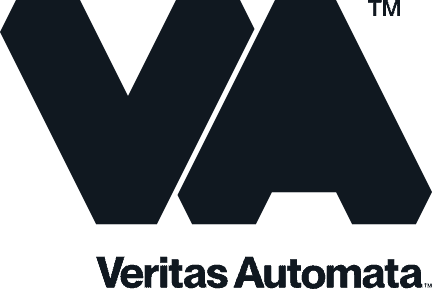In the fast-paced world of Kubernetes, where scalability and resource optimization are paramount, a silent revolution is underway. AI-driven autoscaling is reshaping the way we manage containerized applications, providing unprecedented insights and real-time adaptability.
In this assertive blog, we will delve into the game-changing realm of AI-driven autoscaling in Kubernetes, showcasing how it dynamically adjusts resources based on real-time demand, leading to unmatched performance improvements, substantial cost savings, and remarkably efficient infrastructure management.
The Challenge of Scalability
Scalability is a core tenet of Kubernetes, allowing organizations to deploy and manage applications at any scale, from the smallest microservices to global, high-traffic platforms. However, achieving optimal resource allocation while maintaining high performance is no small feat.
Traditional scaling methods often rely on static rules or manual intervention. These approaches, while functional, lack the agility and precision required to meet today’s dynamic demands. Enter AI-driven autoscaling.
AI-Driven Autoscaling: The Evolution of Kubernetes Scalability
AI-driven autoscaling is not merely an incremental improvement; it’s a quantum leap in Kubernetes scalability. Let’s explore how AI transforms the landscape:
Dynamic Resource Allocation
Predictive Scaling
AI’s predictive capabilities are a game-changer. Machine learning models analyze historical usage patterns and real-time telemetry to anticipate future resource requirements. This enables Kubernetes to scale proactively, often before resource bottlenecks occur, ensuring uninterrupted performance.
Efficiency at Scale
Immediate Response
Cost Savings
Real-World Impact: High Performance, Low Costs
Let’s examine a real-world scenario: an e-commerce platform experiencing sudden traffic spikes during a flash sale event. Traditional scaling may result in overprovisioning, leading to unnecessary costs. With AI-driven autoscaling:
- Resources are allocated precisely when needed, ensuring high performance.
- As traffic subsides, AI scales down resources, minimizing costs.
- Predictive scaling anticipates demand, preventing performance bottlenecks.
The result? Exceptional performance during peak loads and cost savings during quieter periods.
Getting Started with AI-Driven Autoscaling
Implementing AI-driven autoscaling in Kubernetes is a strategic imperative. Here’s how to get started:
Data Gathering
AI Integration
Training Models
Deployment
Monitoring and Fine-Tuning
AI-driven autoscaling in Kubernetes is not just a tool; it’s a strategic advantage. It unlocks unparalleled resource efficiency, high performance, and substantial cost savings. Embrace this technology, and your organization will operate in a league of its own, effortlessly handling dynamic demands while optimizing infrastructure costs.
The future of Kubernetes scalability is assertively AI-driven, and it’s yours for the taking.











